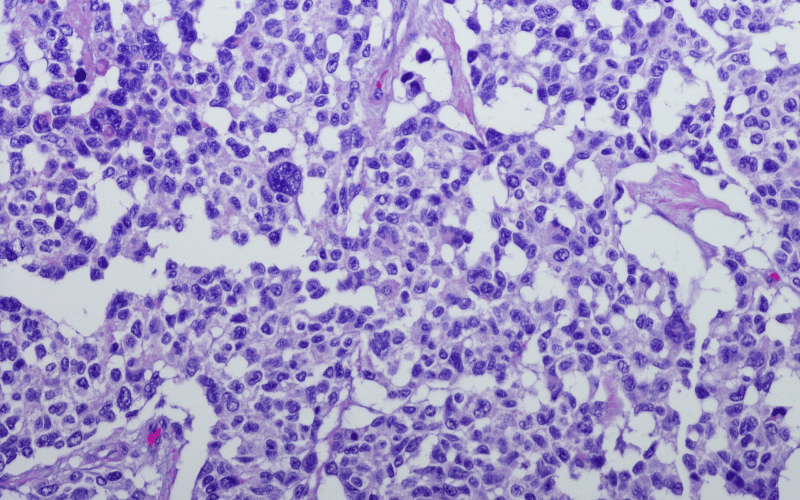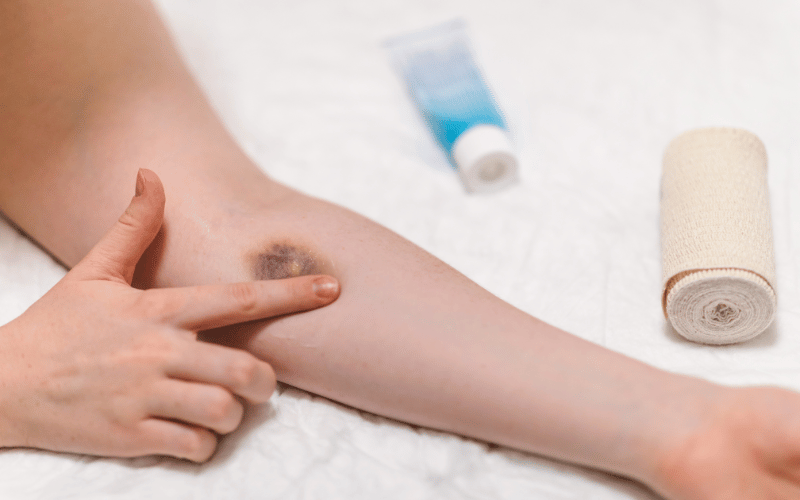Introduction
Childhood—a time of exploration, growth, and innocent joy. The slightest thought of serious illnesses like cancer infiltrating this sacred period of life is daunting. Rhabdomyosarcoma (RMS) is one such shadow, a cancer that primarily affects the young. As with many conditions, early detection can make all the difference, offering higher chances of treatment success and recovery.

Rhabdomyosarcoma is the most prevalent form of soft tissue tumor found in children. Originating in cells that eventually form skeletal muscles, it has the potential to appear anywhere in the body. Because of this broad range of possible locations, the symptoms of RMS can vary widely, adding to the difficulty of early detection.
The name ‘Rhabdomyosarcoma’ might seem intimidating, with its Greek roots and medical complexity. Broken down, “rhabdo” means rod-shaped, “myo” refers to muscle, and “sarcoma” is a term used for cancers that arise from connective tissues like bones, muscles, or blood vessels. However, names aside, it’s the effects and symptoms of this disease that are crucial for parents, caregivers, and educators to understand.
The importance of this knowledge is twofold. Firstly, with understanding comes empathy. For families dealing with RMS, the journey is challenging, both emotionally and physically. Awareness creates a supportive environment for affected children and their families. Secondly, and more critically, recognizing symptoms early can lead to prompt medical intervention. The earlier RMS is diagnosed, the better the potential outcomes.
Symptom 1: Lumps or Swellings That Don’t Go Away

Rhabdomyosarcoma often starts off silently, revealing itself as an innocuous-looking lump. Now, we know kids are adventurers, often coming home with an array of bumps and bruises. Yet, these lumps are distinct. They don’t result from a known injury or accident. The absence of pain can make it even more deceiving. When parents or caregivers palpate the lump, it may feel firm or spongy. The skin covering the lump doesn’t often show discoloration, making it hard to detect, especially on kids with denser or darker skin tones.
These lumps can manifest anywhere since our body houses muscles almost everywhere. From the limbs, head, neck to even deeper structures like the bladder, any of these could be the lump’s origin. It’s crucial for parents to trust their instincts. A lump that remains consistent, not reducing over weeks, should be a red flag. Many might dismiss it, assuming it’s a cyst or another benign growth.
However, in the context of RMS, such lumps, especially those that steadily grow, can be the primary sign of a tumor. What differentiates this from a regular bump from play is its persistence. It doesn’t wane like a typical bruise or swelling. Regular monitoring can help differentiate a benign lump from something more sinister. A simple measure would be marking the boundaries of the lump and observing if it transgresses these boundaries over time.
Prompt medical attention is pivotal. A pediatrician can provide a preliminary assessment. They might order certain imaging tests, like an ultrasound, to understand the lump’s nature. Early detection can be the line that divides successful treatment from complications. Therefore, it’s always better to err on the side of caution. (1)